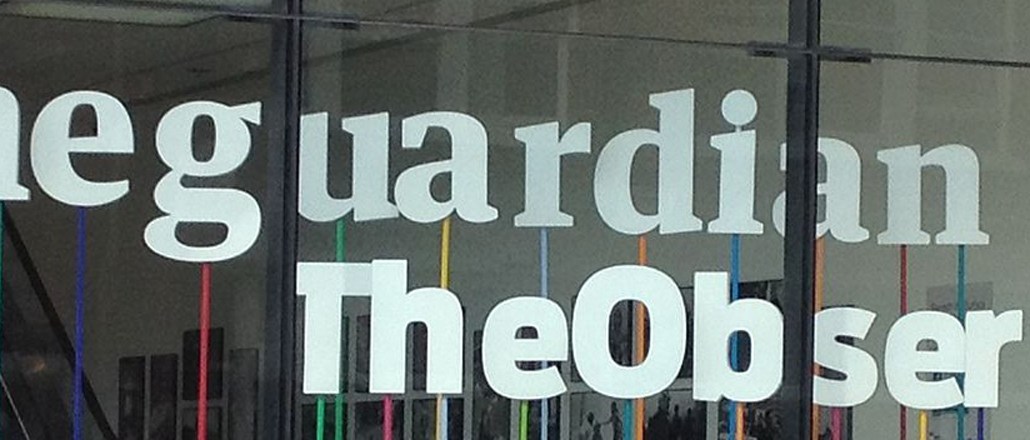Save 50% on a 3-month Digiday+ membership. Ends Dec 5.

The Guardian ditched its former, tired old mobile banner ads a year ago. A few months later, it established a lean in-house digital production team dedicated to creating native, responsive and in-app ad formats that won’t alienate readers or slow page-loads.
Last week, this project bore fruits: Two new native mobile and web ad formats (and a third on the way), designed to be light, non-intrusive and more visually stimulating than the typical banner.
“We’re at a point where the whole ad business needs to take some real care; things need to be more thought through. We haven’t got that with mobile display. Mostly, we’re just slamming people with mobile banner ads which is annoying and frustrating for consumers,” said Guardian News and Media’s commercial director Nick Hewat.
Enter “Frame” and “Focus:” Frame is a responsive native ad unit that mirrors the editorial environment in design, and can fit within pages where the content is contextually relevant. Focus is specifically for mobile web and in-app, and has an interactive sliding gallery for images advertisers want to feature.


Canon is the first advertiser to use the new formats as part of its “Travel Camera” campaign, which kicked off on March 27 across the Guardian. The ad formats will initially be sold as part of direct, custom agreements. In time, they’ll likely open up to programmatic buying, given that’s where a lot of demand lies, added Hewat. But the publisher will hold out as long as possible.
That’s largely because Hewat is fearful that the Guardian’s inventory is being treated on equal footing to inferior sites. At a time when the publisher is facing some tough financial pressures, with plans to cut costs by 20 percent in the next three years, that’s not something it can afford to happen.
“In this brave new world of programmatic, it’s all become like commodity trading. That worries me because if we’re all judged on a single outcome, it’s a race to the bottom,” he said. “I want to reclaim the term ‘premium.’”
Liam Pook, head of mobile at Essence, said the new formats strike a good balance between effectiveness and annoyance. “I’d certainly be interested in testing the effectiveness of the formats at delivering against brand objectives set by our clients. One challenge potentially facing the Guardian, and native advertising as a whole, is scale. In most cases, better/cleaner ads typically result in a decrease in ad inventory,” he said.
“I imagine this will become less of an issue over time as clients and agencies begin to recognize the relative effectiveness of native forms of advertising and are, therefore, more willing to accept lower inventory levels — and potentially higher pricing,” he added.
In tests with the publisher’s panel of readers with whom it trials new ad formats, the new ads generated click-through rates 20 times higher than its regular ads, according to Hewat. Yet, he’s also adamant that CTRs on mobile are not going to lead to sales, and so the formats are also being tested by the more classic metrics used for big-ticket items (like £750 /$1090 Canon cameras), such as brand impact and awareness.
“The average 0.1 percent CTR is not an outcome,” he said. “We’re all complicit because we end up coming back to CTR, but we’ll look back on how we relied on CTR as a sole measurement of efficiency and wonder what we were doing.”
More in Media

AI-powered professional learning and the battle vs. ‘workslop’: Inside Deloitte’s Scout
Deloitte last month launched Scout as part of its Project 120, the company’s $1.4 billion investment in professional development.

‘The Big Bang has happened’: Reach gets proactive on AI-era referrals, starting with subscriptions
This week, the publisher of national U.K. titles Daily Mirror, Daily Express and Daily Star, is rolling out its first paid digital subscriptions – a big departure from the free, ad-funded model it’s had throughout its 120-year history.

Arena Group, BuzzFeed, USA Today Co, Vox Media join RSL’s AI content licensing efforts
Arena Group, BuzzFeed, USA Today Co and Vox Media are participating in the RSL Collective’s efforts to license content to AI companies.





